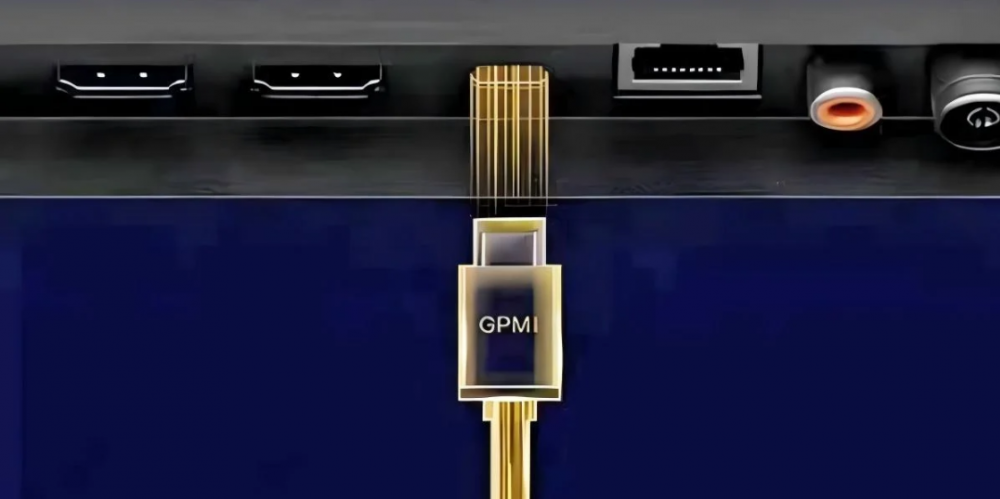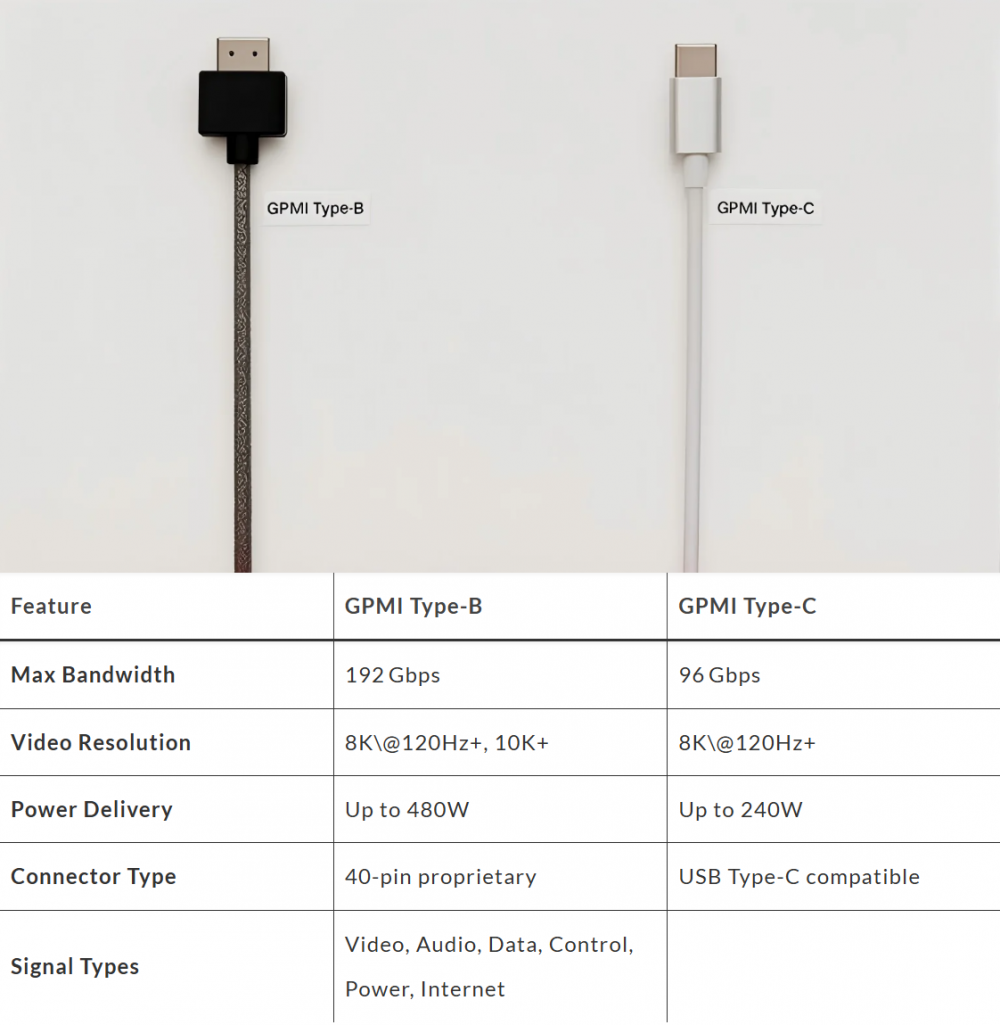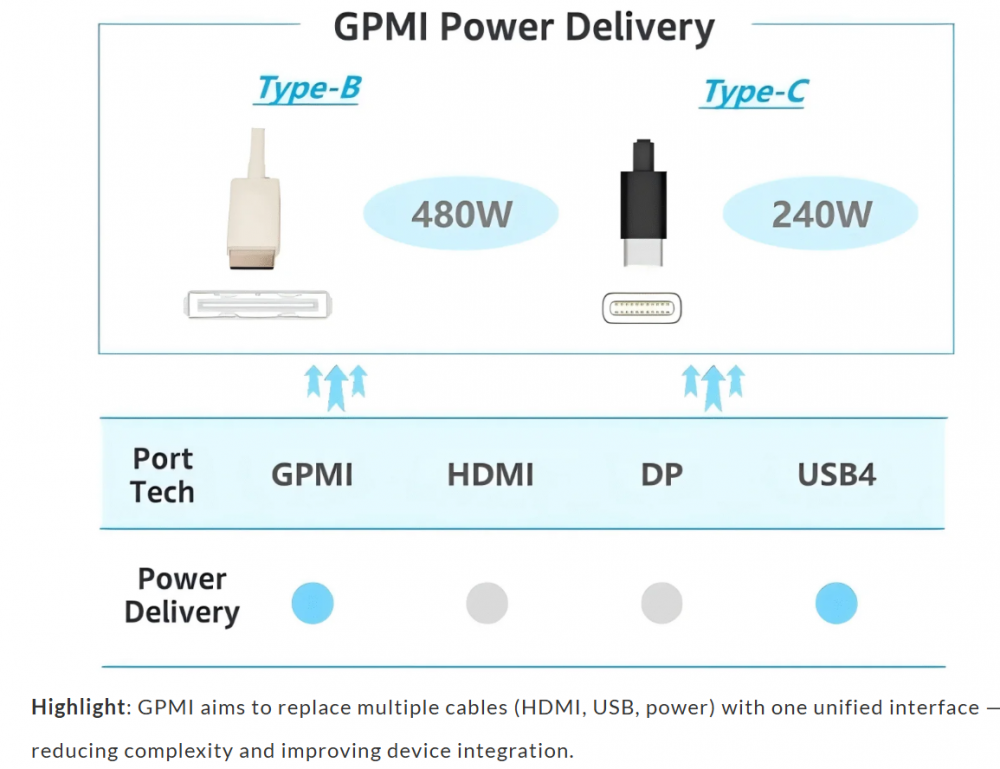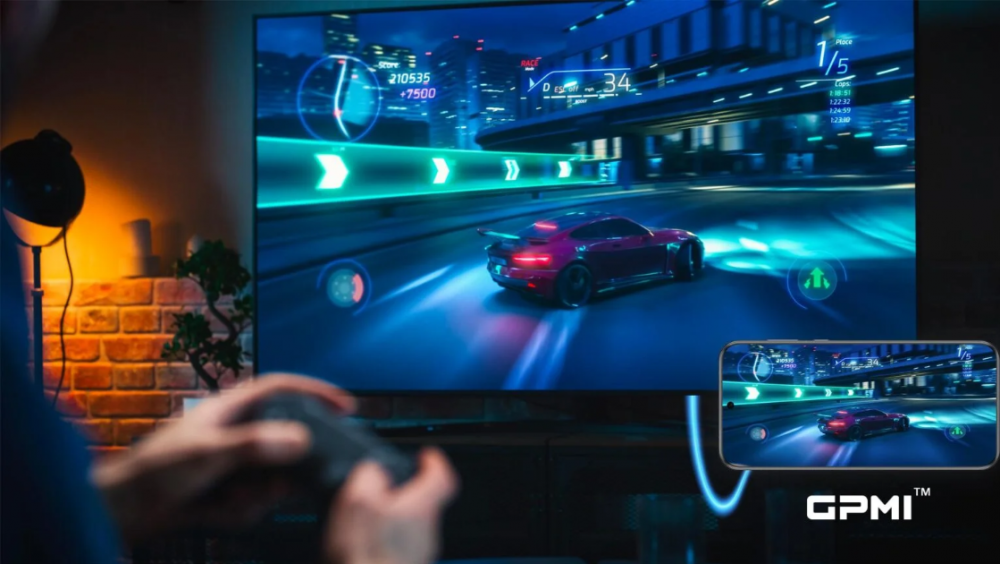-
 Gatsby
Hi there! Welcome to my shop. Let me know if you have any questions.
Gatsby
Hi there! Welcome to my shop. Let me know if you have any questions.
Your message has exceeded the limit.

What Is GPMI? Can GPMI Cable Replace HDMI Cable in the Future?
2025-09-17 11:28:11
GPMI stands for General Purpose Multimedia Interface. It’s a next-generation AV(audio/video) interface standard introduced by the Shenzhen UHD Video Industry Cooperation Alliance (SUCA), an association established under the guidance of key Chinese government bodies, including the Ministry of Industry and Information Technology, the National Radio and Television Administration, and the China Media Group. Its primary goal is to advance the application and industrial growth of Ultra High-Definition (UHD) technology (particularly 8K video) within Shenzhen and to catalyze the transformation and enhancement of China’s electronic information industry.
 GPMI is designed to transmit video, audio, power, data, Ethernet, and control signals all through a single cable, aiming to simplify connectivity across 8K TVs, displays, smart terminals, automotive systems, and AI-integrated industrial devices, intended as a successor or alternative to standards like HDMI and DisplayPort.
GPMI is designed to transmit video, audio, power, data, Ethernet, and control signals all through a single cable, aiming to simplify connectivity across 8K TVs, displays, smart terminals, automotive systems, and AI-integrated industrial devices, intended as a successor or alternative to standards like HDMI and DisplayPort.
Unlike existing standards that often specialize in video (like HDMI/DisplayPort) or data (like USB), GPMI aims to be a true “one-cable” solution, integrating:
High-Bandwidth Video and Audio: Supporting ultra-high resolutions and refresh rates.
Data Transmission: For various peripherals and devices.
Network Connectivity: Built-in Ethernet capabilities.
High-Power Delivery: Significantly reducing the need for separate power adapters.
Think of it as the ultimate convergence of connectivity into a single, highly versatile port.


To understand GPMI’s potential, let’s compare it to the current industry leaders:
| Feature | GPMI | HDMI | DisplayPort |
| Primary Use | All-in-one Multimedia, Power, Data, Network | Consumer A/V (TVs, consoles, home theater) | PC Monitors, Professional Displays |
| Max Bandwidth | Up to 192Gbps (Type-B) / 96Gbps (Type-C) | Up to 48Gbps (HDMI 2.1) / 96Gbps (HDMI 2.2) | Up to 80Gbps (DP 2.1) |
| Power Delivery | Yes (Up to 480W) | Limited/None | Limited |
| Network | Yes (Integrated) | Via Ethernet Channel (separate wire within) | No |
| Data Channel | Yes (Integrated) | No | Yes (Aux Channel) |
| Connectors | Type-A (USB-C compatible), Type-B (proprietary) | Type-A, Type-C (Mini), Type-D (Micro) | Standard DP, Mini DP |
| Royalty Fees | Likely Royalty-Free (similar to DisplayPort) | Yes, requires licensing fees | Royalty-Free |
Unmatched Bandwidth: GPMI’s ability to reach 192Gbps far surpasses even the latest HDMI and DisplayPort standards, making it ready for future high-resolution, high-refresh-rate demands.
Integrated Power Delivery: This is a huge differentiator. Powering devices directly through the GPMI cable simplifies installations and reduces clutter.
True Convergence: Its multi-functionality means you could potentially connect a smart display, get video, audio, internet, and even power a connected device with just one cable.
Daisy-Chaining Support: GPMI facilitates connecting multiple displays in a series from a single source, ideal for complex setups.
USB-C Compatibility: The GPMI Type-C standard leverages the widely adopted USB-C connector, making it easier for manufacturers to integrate and for users to adopt.
This is the big question. While GPMI boasts impressive technical superiority and a compelling “one-cable” vision, it faces an uphill battle against HDMI’s massive installed base and DisplayPort’s established niche in the PC market.
Possible in China and Specific Industries:Backed by Chinese government policy and industry alliances
Likely to be adopted in China-made smart TVs, 8K displays, vehicle systems, and AI terminals
Could gain traction in B2B and industrial applications
HDMI is entrenched in billions of consumer devices (TVs, laptops, game consoles)
No backward compatibility with HDMI
No support yet from global brands like Sony, LG, Samsung, NVIDIA, or Intel
DisplayPort is already an established “free” alternative, but hasn’t replaced HDMI either
To sum up, GPMI has a stronger hand than DisplayPort ever did in challenging HDMI, primarily due to its integrated power delivery and true convergence. This offers a more tangible and immediate benefit to average consumers beyond just higher video specs. If GPMI becomes the standard in China (the world’s largest consumer market), and with its USB-C compatibility, it could gain significant momentum globally.
Future Outlook: Coexistence, Not Replacement
GPMI may grow regionally and in niche verticals, similar to how DisplayPort thrives in PCs and professional monitors without threatening HDMI.
Think of GPMI as China’s sovereign AV interface, much like how BeiDou satellite system complements GPS.

If you’re a:
Display manufacturer or OEM working in China
AV hardware engineer
Automotive tech supplier
Industrial display integrator
…then yes — GPMI is worth following, especially for projects in the Chinese market.
But for mainstream consumer AV applications outside China, HDMI remains dominant, and GPMI adoption will be very limited in the short to medium term.
Tags: GPMI CABLE, HDMI CABLE, HDMI AOC

